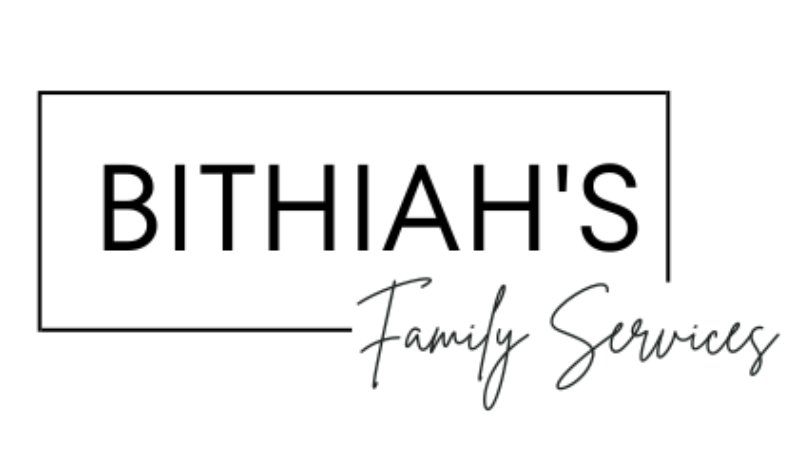If there is one word that is repeated over and over at Bithiah’s House, it’s Connection. Everything we do is centered around Connection. We connect with the kids while eating breakfast, we connect during car rides, we even connect before correcting their behavior. I would venture to say that Connection is one of the main pillars that Bithiah’s stands upon.
Bithiah’s House has adopted the evidence based practice of Trust Based Relational Intervention (TBRI) to model our “parenting” style after. “TBRI® is an attachment-based, trauma-informed intervention that is designed to meet the complex needs of vulnerable children.TBRI® uses Empowering Principles to address physical needs, Connecting Principles for attachment needs, and Correcting Principles to disarm fear-based behaviors “(www.child.tcu.edu)
Our entire team at Bithiah’s has been trained on these principles. Over 40 hours ofTBRI® training to be exact. The staff are connecting ninjas. They can take the most intense meltdown and turn it into playful engagement, turn dysregulated behavior into calm coping, and turn defiance into engagement and opportunities to redo behavior. We understand that there is need behind the behaviors, and if we can find a way to meet that need, we can encourage new behaviors.
The team has many “tools in our toolbox”. We have many strategies for connection and various ways to correct behavior through connection and engagement.
Here is a list of some of the connection strategies we use at Bithiah’s House:
Time In vs. Time Out
At Bithiah’s House, we don’t use time outs. We use a method called time in. Time in is a positive discipline alternative to time out. It is used to offer quiet connection and give time for the child to calm down and reflect while being near the caregiver. This prevents the child from feeling isolated, shamed or scared and allows the child time to process their feelings.
Matching
We aren’t talking about matching clothes here (although we love to do that at the house!). The staff mirror and match the child to attune to the child and build trust and connection. This is done by either matching the child’s posture or simply jumping in and playing the same thing the child is playing at the moment.
Eye Contact
A phrase used often at Bithiah’s is “give me eyes”. The kids can feel how precious and loved they are by looking into the soft (not harsh) eyes of the caregiver. This not only creates connection, it helps both the child and caregiver to have empathy for each other’s feelings.
Playful Engagement
When engaging with children with difficult histories, it is important to engage with children in a playful way to ease fears and limit their fight, flight or freeze reactions. The goal with TBRI® is to engage with children using playfulness as much as possible. It is not uncommon for the team at Bithiah’s to move all of the furniture, bring in scooters and mattresses and go crazy! Dance parties, dress up games, and sensory interactive play are all a part of daily activities at the house.
For more information on the incredible program TBRI®, visit their website at www.child.tcu.edu
